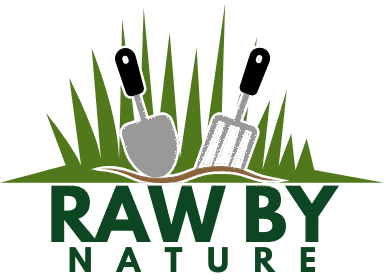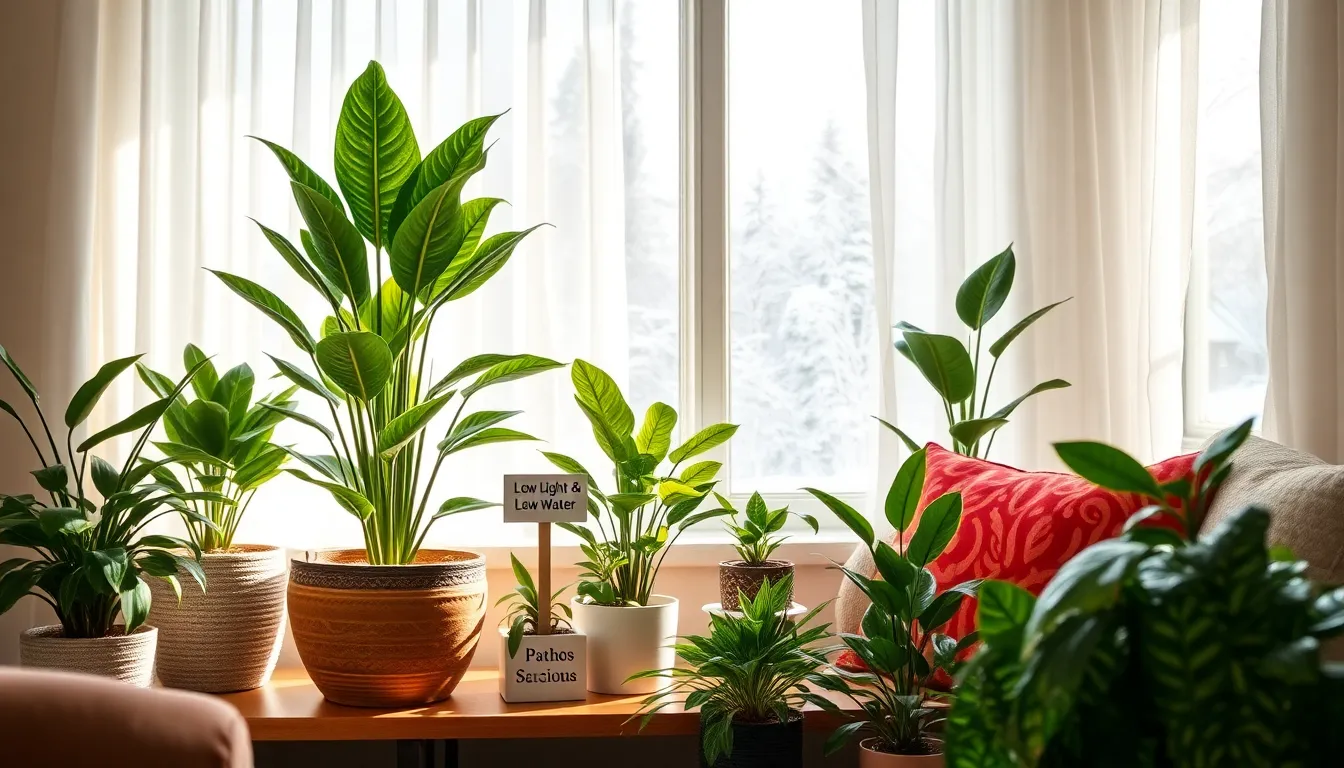The winter months can be a challenging time for houseplant enthusiasts, as shorter days and colder temperatures test even the greenest of thumbs. Whether you’re a novice just starting your indoor garden journey or a seasoned plant parent, understanding how to adapt your plant care routine during winter is crucial to keeping your leafy companions thriving. As the seasons shift, so do the needs of your houseplants, and being attuned to these changes can make all the difference between vibrant, lush foliage and a struggle for survival.
In this guide, we’ll explore essential tips and techniques to ensure your indoor plants remain healthy and robust throughout the cold season. From adjusting watering schedules and optimizing light conditions to understanding humidity control and temperature management, you’ll gain the confidence to navigate winter plant care with ease. By the end of this article, you’ll be equipped with actionable strategies to create a cozy, nurturing environment for your plants, no matter how frosty it gets outside. Join us as we delve into the world of indoor winter gardening, where warmth and vitality can be cultivated, even amidst the chill.
Adjust Watering Frequency Carefully
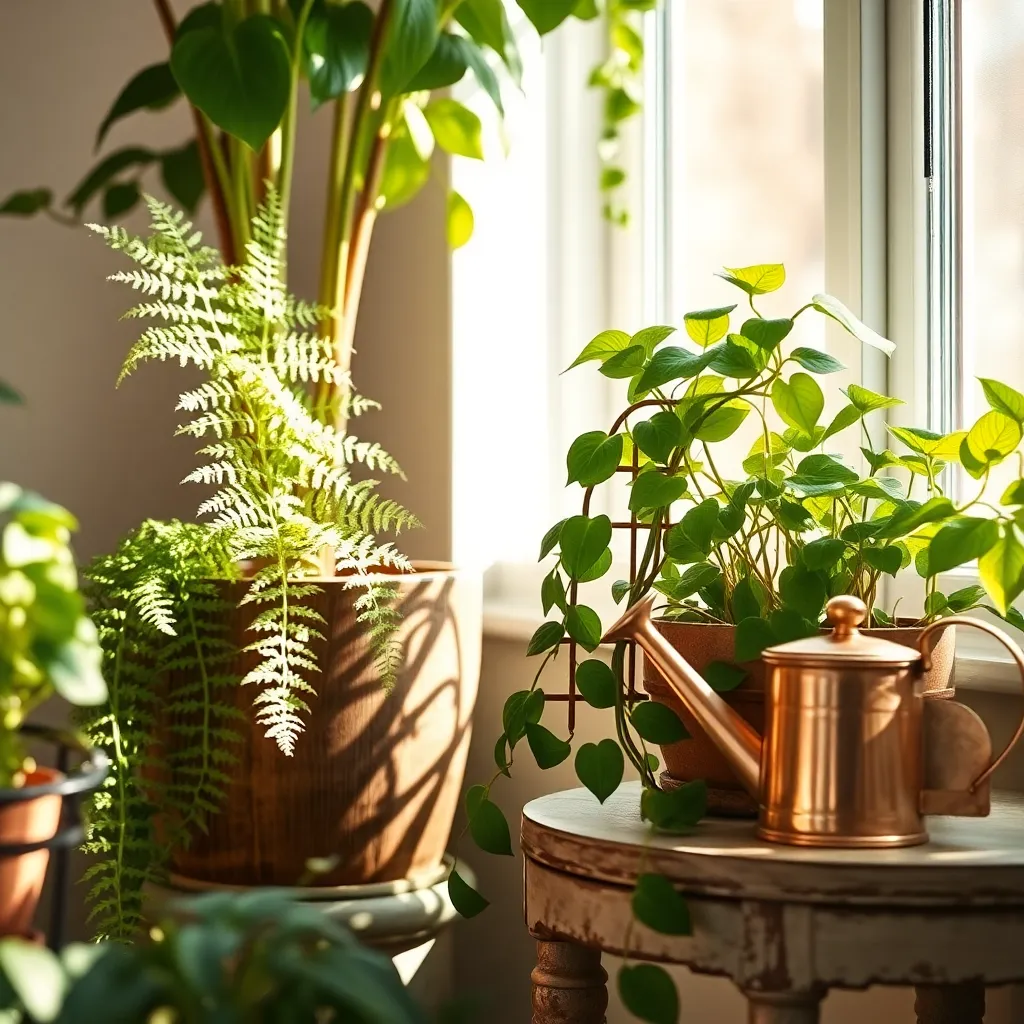
During winter, it’s crucial to adjust your watering routine because most houseplants enter a period of dormancy. This means they require less water as their growth slows down significantly in the cooler months.
Instead of sticking to a rigid schedule, check the moisture level of the soil before watering. Insert your finger about an inch into the soil; if it feels dry at that depth, it’s time to water your plant.
Consider the type of plant you are caring for, as different species have varying moisture needs. For instance, succulents and cacti need far less frequent watering compared to tropical plants, which may still require a bit more moisture.
To avoid overwatering, ensure that your pots have good drainage. You can achieve this by using a soil mix that includes components like perlite or sand, which help improve aeration and water flow.
Ensure Optimal Indoor Lighting
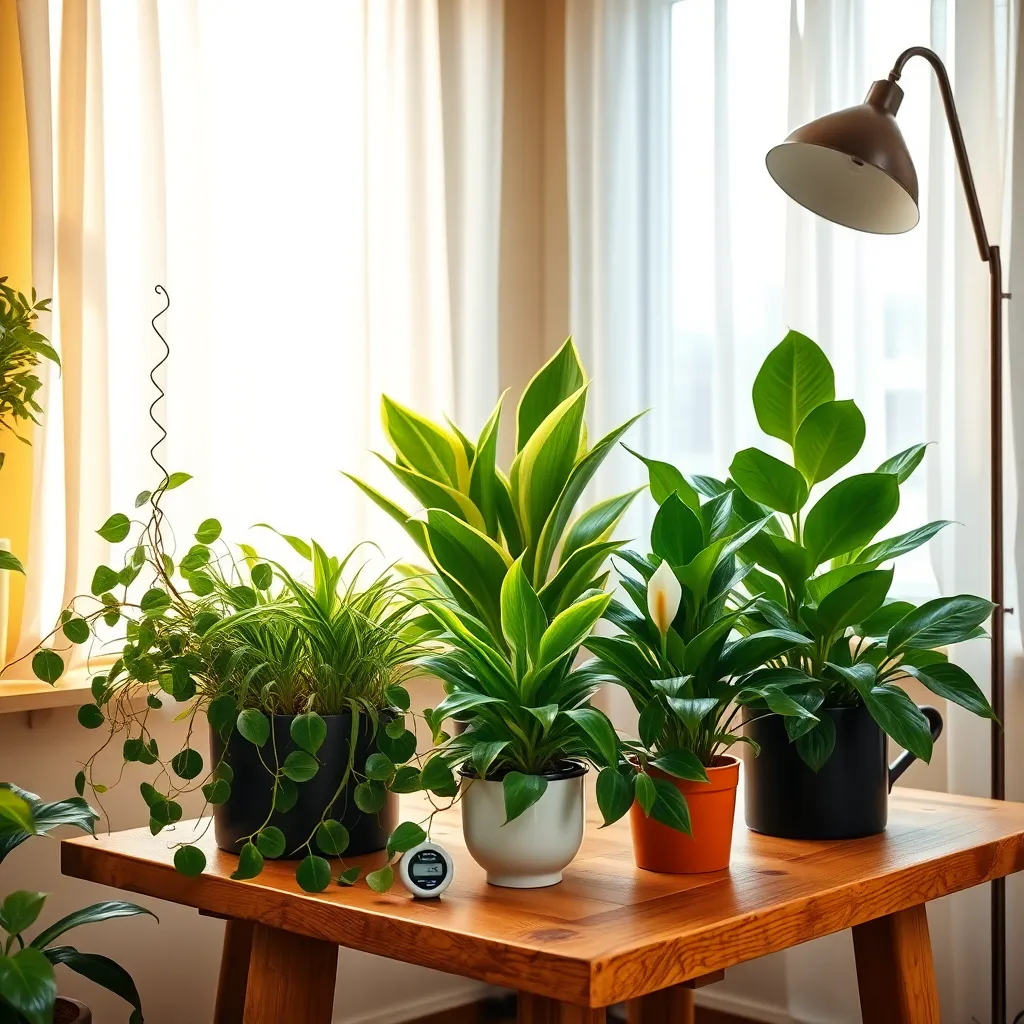
Winter can significantly reduce natural light levels, making it crucial to adjust your indoor lighting to support houseplants. Position your plants near south or west-facing windows to maximize exposure to the limited daylight available during these months.
For homes with limited natural light, consider using artificial lighting as a supplement. LED grow lights are an excellent choice because they are energy-efficient and can provide the full spectrum of light needed for plant growth.
It’s essential to mimic natural light cycles by keeping grow lights on for about 12 to 16 hours a day. Use a timer to automate the lighting schedule, ensuring consistency and reducing the risk of human error in maintaining adequate light exposure.
Regularly clean windows and light fixtures to prevent dust accumulation, which can hinder light penetration. Rotating your plants every few weeks can help them grow evenly by ensuring all sides receive adequate light.
Maintain Humidity Levels Adequately
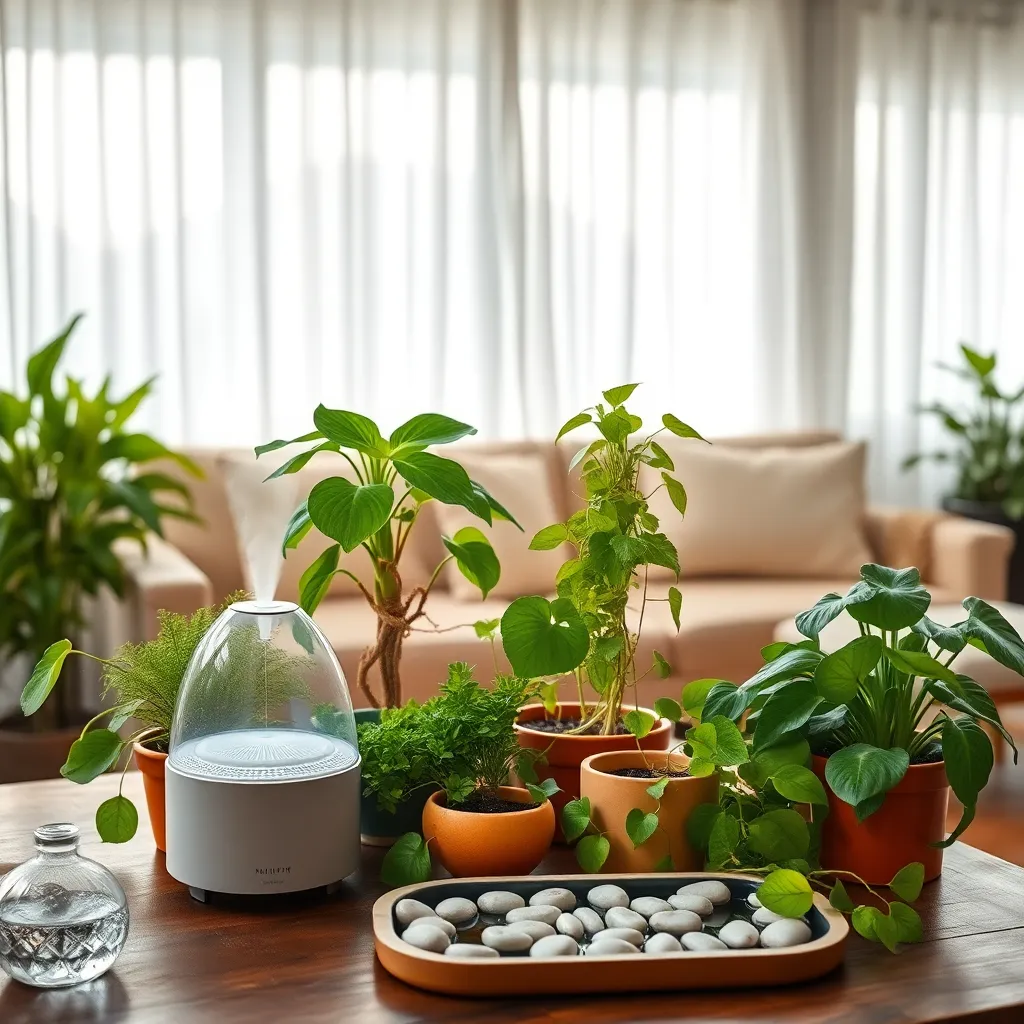
Maintaining adequate humidity levels is vital for the health of your houseplants during the winter months. With heating systems running, indoor air can become dry, which may cause plants to develop brown leaf tips or edges due to moisture loss.
To monitor humidity, consider using a hygrometer, a simple tool that measures the moisture level in the air. Most houseplants thrive in humidity levels between 40% and 60%, so aim to keep your indoor environment within this range.
Using a humidifier is one of the most effective ways to increase humidity around your plants. Place the humidifier near your plants, but not directly on them, to evenly distribute moisture without soaking the foliage.
For a more budget-friendly option, try grouping plants together, which can create a microclimate with higher humidity. You can also place a shallow tray filled with water and pebbles beneath your plant pots; as the water evaporates, it will increase humidity around the plants.
Inspect for Pests Regularly
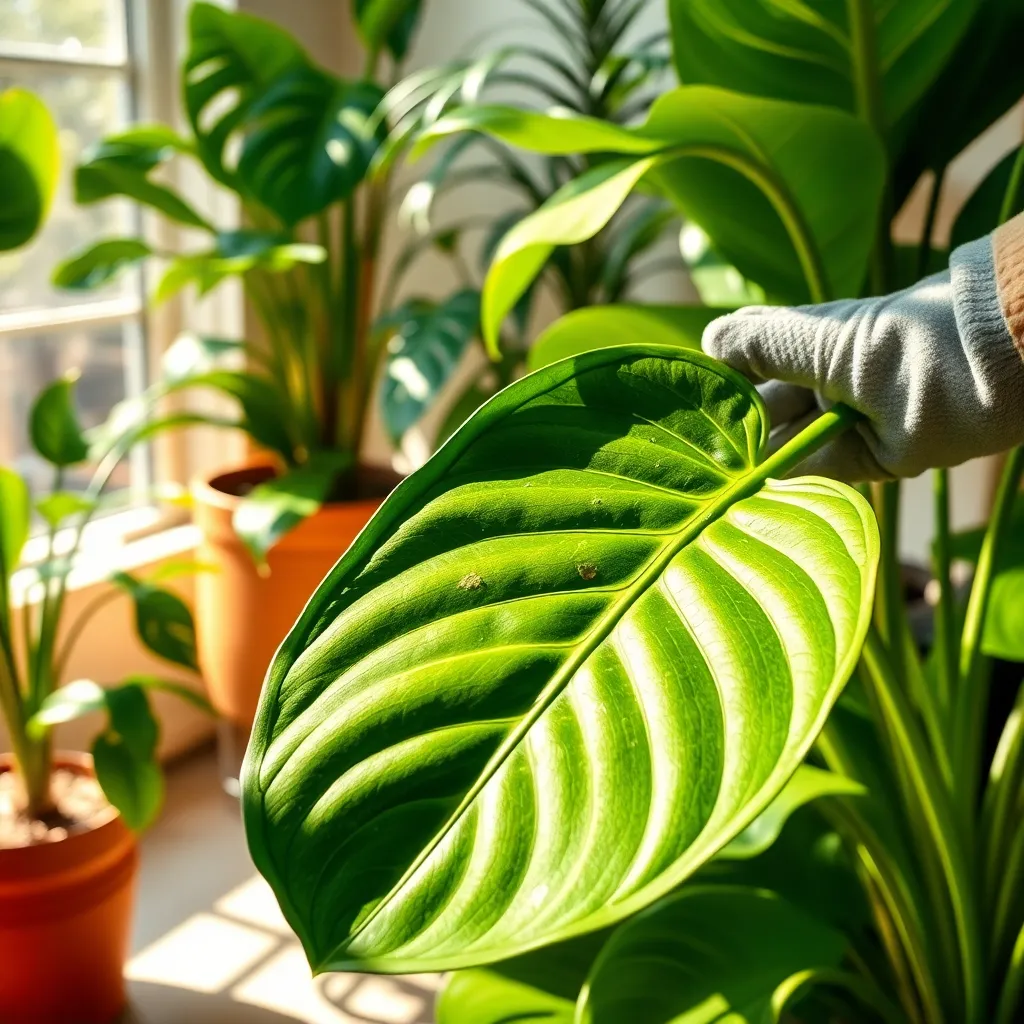
As winter sets in, it’s crucial to inspect your houseplants regularly for pests, as these can thrive in the cozy indoor environment. Start by checking the underside of leaves and stems for common pests like spider mites, aphids, and mealybugs, which are often hard to spot at first glance.
Use a magnifying glass to get a closer look, especially on plants with dense foliage. Pests can easily spread to other plants if left unchecked, so early detection is key to preventing infestations.
Once you spot any pests, immediate action is necessary to protect your plants. A gentle solution of water and mild dish soap can be an effective initial treatment to wash away pests without harming your plants.
For more persistent infestations, consider using neem oil or insecticidal soap as a natural remedy. These solutions are safe for most houseplants and can be applied directly to the affected areas, ensuring thorough coverage for the best results.
Regularly cleaning the leaves of your houseplants not only helps with pest control but also keeps them looking vibrant. Wipe the leaves with a damp cloth to remove dust, which can hinder photosynthesis and provide a breeding ground for pests.
Incorporate a routine of inspecting your plants at least once a week to maintain a healthy indoor garden. This proactive approach will keep your plants thriving throughout the winter months and beyond, ensuring they are ready to flourish when spring arrives.
Prune and Clean Foliage
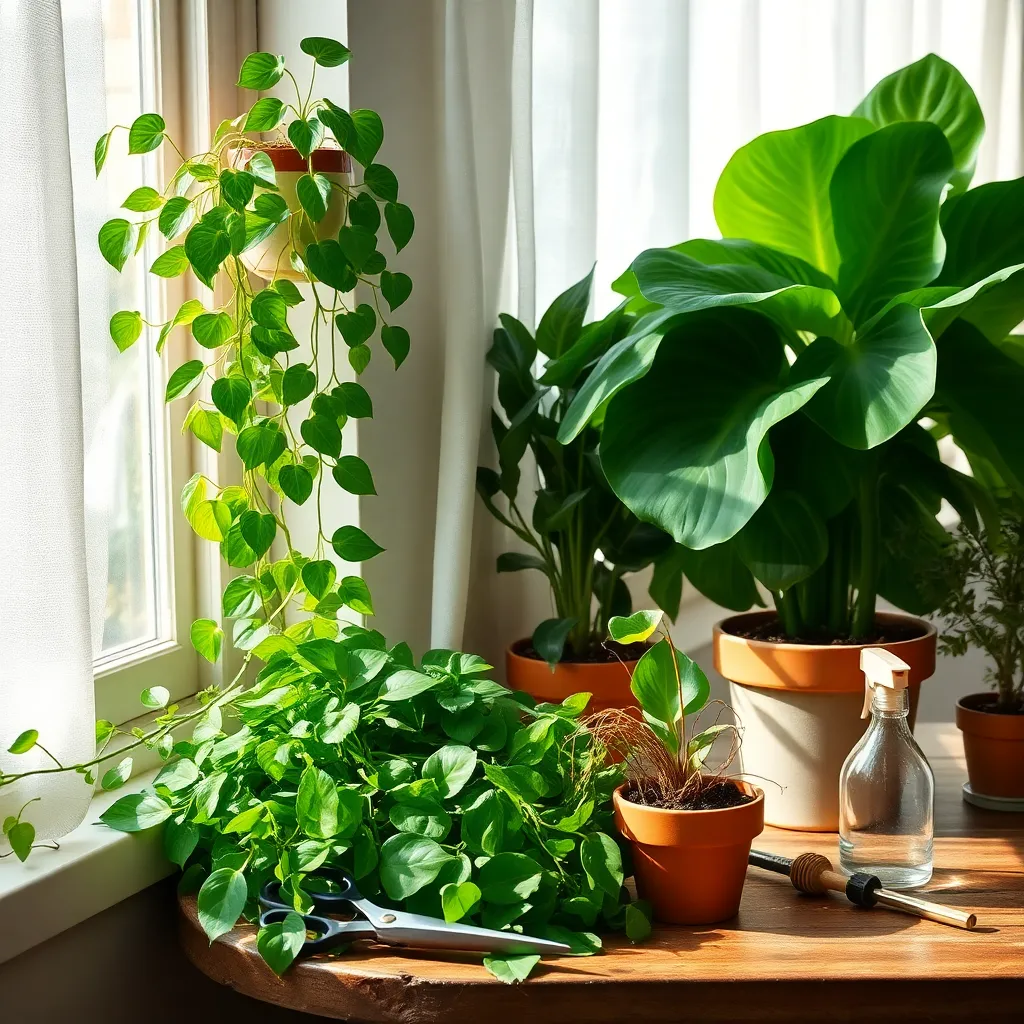
Winter is an ideal time to prune and clean the foliage of your houseplants as their growth slows down. Begin by inspecting your plants for any yellow or dead leaves, using sharp, clean scissors to remove them. This not only improves the plant’s appearance but also prevents pests and diseases from taking hold.
For plants with larger leaves, use a damp cloth to gently wipe away dust accumulation. Dust can block sunlight, hindering photosynthesis, so keeping leaves clean is crucial for healthy growth. You can add a few drops of mild soap to the water for a more thorough clean, rinsing the leaves afterward to remove any residue.
Regular pruning helps maintain your plant’s shape and encourages new growth. Remove any leggy stems or branches that disrupt the desired form of the plant. For beginners, focus on trimming just a few inches at a time to avoid over-pruning, which can stress the plant.
More advanced gardeners might consider propagating cuttings from pruned stems. Place cuttings in water or moist soil to develop roots, creating new plants for your collection. This practice not only rejuvenates your plants but is also a rewarding way to expand your indoor garden.
Conclusion: Growing Success with These Plants
As winter wraps its chilly embrace around our homes, nurturing your houseplants becomes a beautiful metaphor for cultivating nurturing relationships. We’ve uncovered five key concepts to guide you: understanding the unique needs of your plants, just as you do with your partner; adjusting the environment to foster growth, similar to creating a supportive relationship atmosphere; balancing water and light, akin to maintaining harmony and understanding; recognizing signs of distress early to prevent issues from escalating; and cherishing the journey of growth together.
An actionable step you can take today is to assess your plants’ current conditions, just as you should check in with loved ones to ensure their needs are being met. By doing so, you’re laying the foundation for thriving, resilient relationships.
Remember to save or bookmark this article for those inevitable moments when you need a gentle reminder of these nurturing principles. By integrating these practices, you’re not just caring for houseplants—you’re investing in the flourishing success of all your relationships. Embrace the journey and watch as both your plants and connections bloom beautifully, even amidst the chill of winter.
